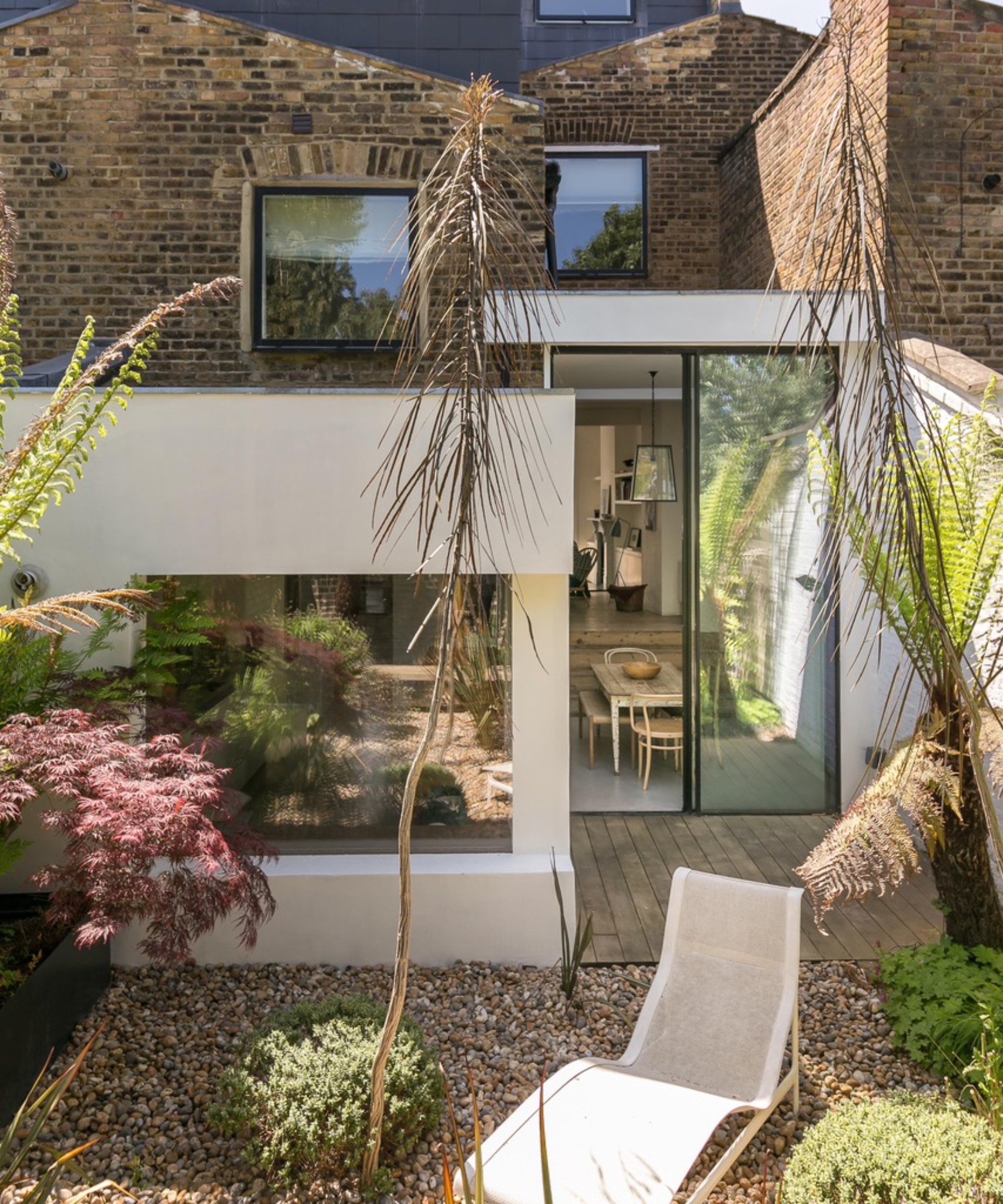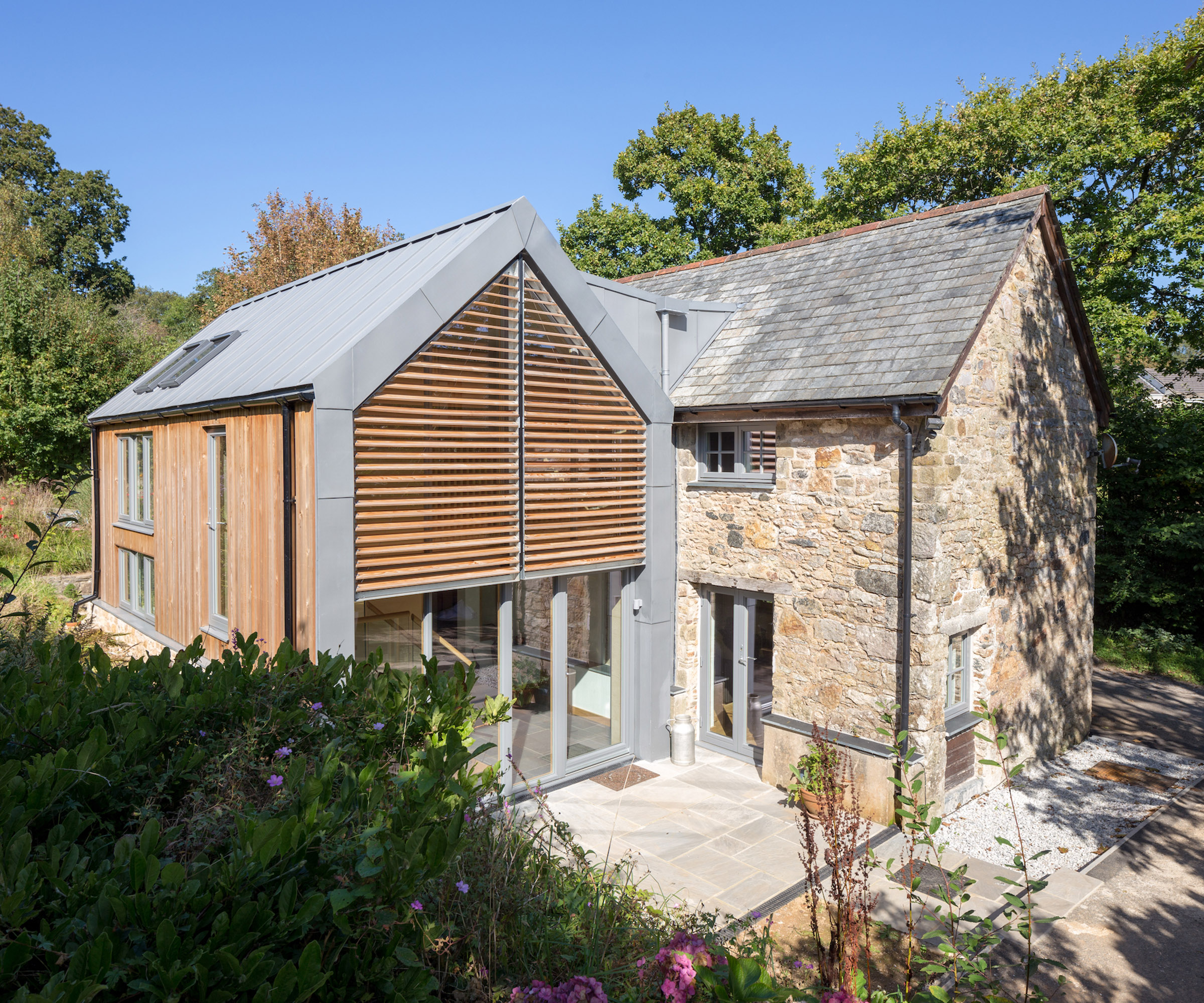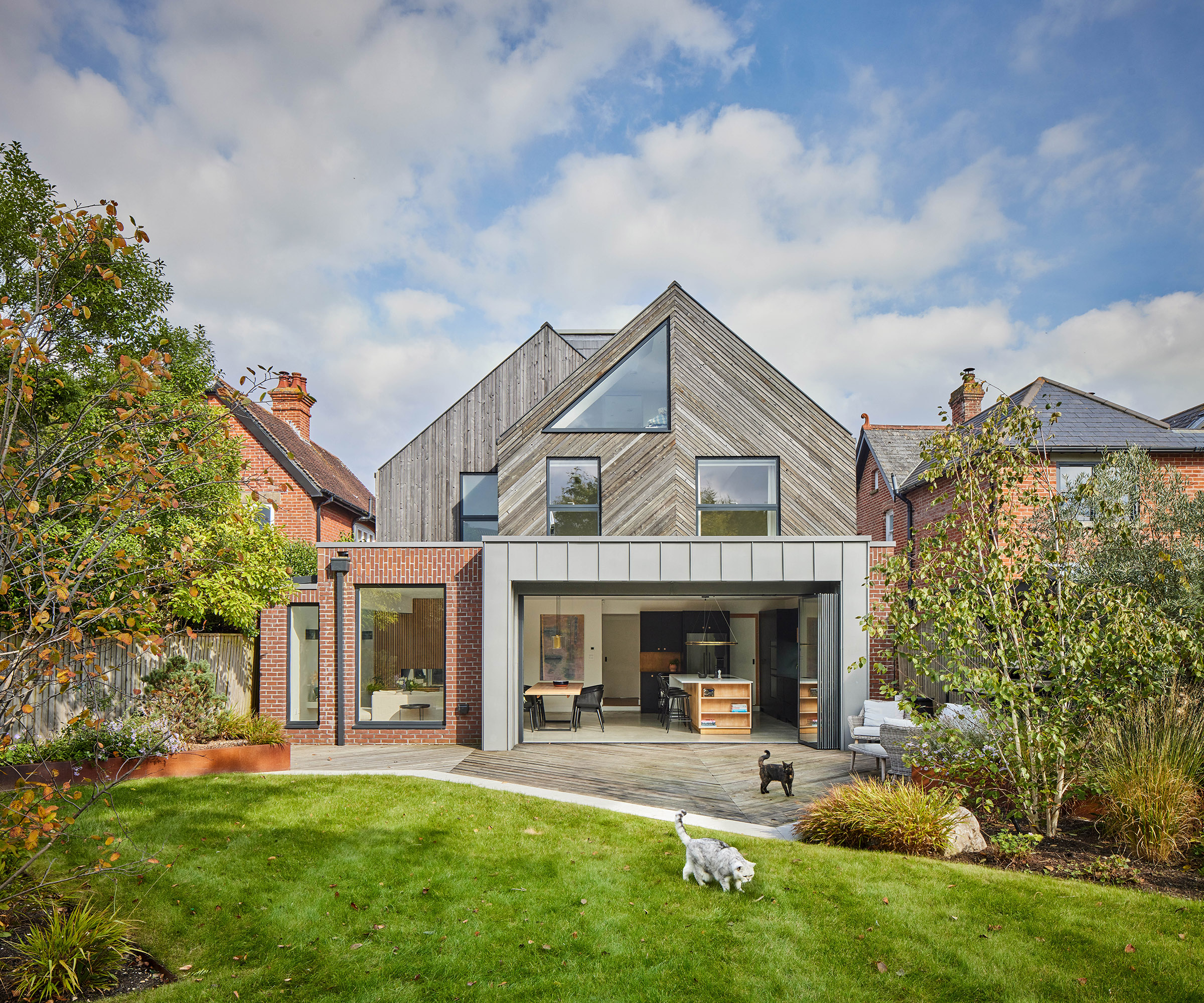Whether you’re planning a modest home extension or a new self-build dwelling, engaging with your neighbours is often one of the most overlooked – yet potentially most impactful – parts of the planning permission process.
It’s therefore important to understand how neighbour engagement fits into the planning system, why it matters even when it’s not technically required, and how to approach it constructively. After all, no one wants planning stress to spill over into long-term personal tensions. Done well, early and open communication with neighbours can improve your chances of getting planning approval – and protect your peace of mind long after the work is done.
In this article, planning expert, Simon Rix explores all aspects of the process, from how to successfully engage early on, specific strategies depending on the type of planning and the role of local councillors and planning committees in this context.
What impact can neighbours have on a planning application?
Strictly speaking, neighbours don’t have any special status in the planning system. Their objections – often heartfelt, sometimes fierce – don’t carry any automatic weight. Planning is meant to be a public, policy-driven process, not a private popularity contest. So comments from neighbours are only considered relevant if they raise planning issues, such as overlooking, overshadowing, traffic or design.
That said, neighbours can still influence the outcome of a planning application – and in several indirect but meaningful ways.
Firstly, planning officers are human. While they are trained to make objective decisions based on planning policy, a flurry of neighbour objections can make them look harder at a proposal, especially where the policy situation is finely balanced. Strong local opposition can tip the scales against a marginal scheme – or persuade an officer to recommend refusal to avoid political fallout.
Secondly, neighbours’ views matter more when local councillors get involved. Your ward councillor can “call in” an application to be decided at planning committee, rather than under delegated powers by an officer. At that point, elected councillors – who are ultimately accountable to their constituents – may give more weight to neighbour concerns, even if those concerns aren’t strictly planning-based.
Planning committees, made up of elected members, can also be more responsive to public sentiment than professional planning officers. If the committee feels a proposal has caused local upset, it may be refused despite officer support. That’s not always a fair outcome, but it is a political reality of the system.
Finally, and perhaps most practically, no one wants to end up in a long-running dispute with a neighbour. Planning permission is one thing – day-to-day life on the other side of the fence is another. Maintaining neighbourly goodwill is worth a lot, and engaging openly early on often pays dividends in both the planning process and in longer-term peace of mind.
In short: neighbour comments may not formally determine the outcome of your application, but they can shape it. Better to have them on your side – or at least not actively against you – from the start.
What to do before you submit an application
The biggest mistake people make when applying for planning permission? Assuming it’s a purely technical process. In reality, it’s often as much about relationships as it is about regulations.
Neighbours frequently object not just because of what you’re planning to build – but because of how they found out. Hearing about a proposal for the first time via an impersonal council letter can spark defensiveness or even hostility, regardless of the actual merits of the scheme. That’s why it’s worth the effort to involve your neighbours early on.
Even a quick knock on the door with a friendly, ‘We’re thinking of putting in a planning application and just wanted to show you the plans before we submit anything,’ can go a long way.

People are more reasonable when they feel respected and included. Show them draft drawings. Ask if they have any concerns. You don’t have to agree to every suggestion, but be prepared to explain your thinking and, where possible, tweak the design to address specific issues like overlooking, or boundary proximity.
You should also think about involving your ward councillor, especially if you anticipate any neighbour objections. Councillors are elected to represent local views and can play a crucial role if your application is contentious. The best time to speak to a councillor is before you submit your application – not after there’s already a pile of objections in the public file.
Explain what you’re planning and what steps you’ve taken to consult with neighbours. Even if you don’t win full support, demonstrating reasonableness can count for a lot. Remember: councillors are more likely to support a scheme when the applicant seems open, communicative, and considerate of local sentiment. Ultimately, a little groundwork before submission can help reduce objections, build trust, and improve your chances – both formally and informally – of securing approval.
What to do when prior approval is your planning route
Permitted development rights (PD) allow many (but not all) homeowners to make certain changes – including extensions – without needing full planning permission. However, if you’ve investigated how far can I extend without planning permission, you’ll know that larger rear extensions (up to 6m for a terraced/semi or 8m for a detached house) can be potentially approved using something called Prior Approval through the Neighbour Consultation Scheme.
When using this route, you submit a simplified application to the local authority, including drawings and basic information. The council then notifies your immediate neighbours, giving them 21 days to object. If none of the adjoining neighbours object, the council is likely to issue an approval. If objections are received, the council assesses whether the extension’s impact on neighbouring amenity is acceptable – and has the power to refuse it.
This is one of the clearest cases where neighbour support (or at least neutrality) can determine the outcome. If neighbours object, the authority must make a judgment call. If they don’t, your extension is essentially greenlit by default. So again, talk to neighbours before you apply. Let them know what you’re planning and explain the scale of the extension. Invite them to look at the plans and offer reassurances about how the build will be handled. If possible, show that you’ve thought about things like boundary treatment, privacy, and right to light.
If your neighbours see that you’ve taken their situation into account, they may be far less inclined to raise formal objections – and that can make all the difference.

Best practise for householder planning applications
Some extensions don’t qualify under PD, for example, if:
- Your home is in a conservation area or national park
- You live in a flat or maisonette
- There’s an Article 4 Direction removing PD rights
- Previous planning conditions have restricted future alterations
- The proposed design exceeds PD limits or involves materials/designs outside the PD scope
In these cases, you’ll need to submit full plans under a Householder Planning Application. These go through the full planning process, including the usual public consultation period – usually around three weeks – during which neighbours can view and comment on your plans.
As with other applications, only planning-related objections are supposed to count, but strong local feeling can still influence how officers or councillors interpret policies.
So the same principles apply here, just with higher stakes. If you’ve shown your neighbours the plans before submitting and made efforts to address concerns, they’re much less likely to object. Even if they still do, your planning officer will be able to see that you’ve acted reasonably – and you should get your planning consultant to include a Community Engagement Statement explaining what steps you took to engage.

For particularly sensitive proposals – such as side extensions close to a boundary, or two-storey extensions that might affect light or privacy – it’s especially important to bring neighbours on board where you can. Consider small concessions, such as obscure-glazed windows or modest setbacks, if it avoids triggering hostility.
Neighbour objections won’t automatically derail your plans – but enough of them can slow things down, invite scrutiny, or push a decision to committee. It’s much easier to avoid that scenario if you front-load your engagement.
What to do when a full planning application is required
When you’re proposing an entirely new home – whether on a self-build plot or as part of a custom-build development – the planning process becomes more complex, and so do the politics.
A new house can raise strong reactions. Neighbours may worry about:
- Loss of views (not a planning concern, but often cited)
- Overlooking or overshadowing
- Increased traffic or parking pressure
- Change in the character of the area
- Impact on wildlife or trees
Again, the planning system is meant to filter out emotional or irrelevant objections. But when a group of neighbours mounts a coordinated opposition campaign, it can change the dynamics – especially if councillors become involved. That’s why early, open and transparent communication is vital.
Before submitting your application:
- Introduce yourself to nearby neighbours and explain your plans clearly and calmly
- Share draft proposals and invite feedback
- Explain how the design responds to local character, addresses amenity concerns, and enhances the area
- Be open about your intentions – if this is a home for you or your family, say so. If you’re planning to sell the site, be clear about what will happen next

If you’re working on a custom or self-build development with multiple plots, consider hosting a community drop-in session or informal consultation event. This helps to show the council that you’ve made a genuine effort to involve the local community and address potential concerns.
The same goes for engaging with ward councillors: explain your project, its benefits (including local investment and housing delivery), and the steps you’ve taken to consult. If the application is called into committee, you want councillors to view you as a responsible, engaged applicant, rather than a developer trying to bulldoze something through.
Don’t forget the optics: even simple details – like keeping the site tidy and responding promptly to emails – help build trust with both neighbours and the planning authority.
My final advice?
It’s better to do these things yourself, but it’s not for everyone. As a planning consultant, some of my clients don’t feel comfortable talking with local residents or councillors about their plans. When that’s the case I’m happy to do all this engagement for them.
Either way, whether you’re building an extension or a new home, securing planning permission isn’t just about ticking boxes – it’s also about building trust. So engaging with neighbours and local councillors before you submit your application – either directly yourself or with the help of your planning consultant – can help reduce objections, smooth the planning process, and ultimately create a better atmosphere for your project to succeed. A little diplomacy early on can save a lot of friction later.
View the original article and our Inspiration here


Leave a Reply